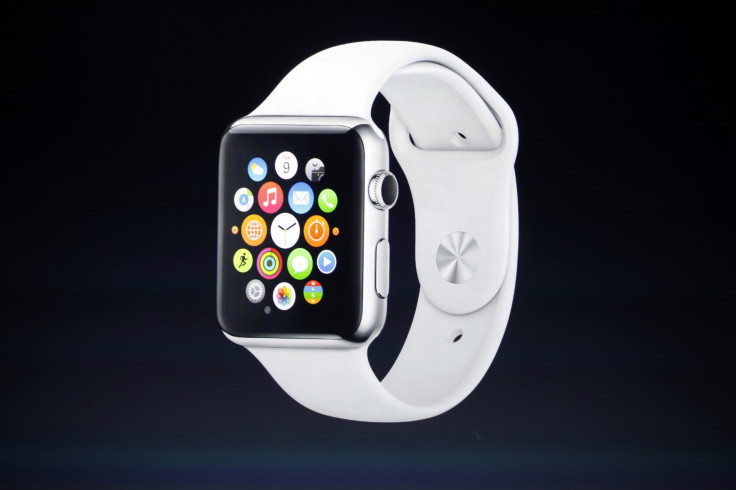Sapphire Glass: How Did Apple Get It So Wrong With GT Advanced Technologies?

Late last year, Apple Inc. made an investment in what seemed like the future. A little-known manufacturer of solar components called GT Advanced Technologies Inc. was chosen by Apple to create the next generation of displays out of sapphire glass, a hard yet flexible material that is more scratch- and shatter-resistant than Corning's Gorilla Glass.
In November 2013, GT announced a $578 million deal with Apple, seemingly putting it on a rocket ship bound for success. Its stock more than doubled in value this summer. Yet, not even a year after that announcement, GT has filed for bankruptcy and fired a staff of nearly 800. It has effectively gone kaput, leaving far more questions than answers.
Apple initially sought GT Advanced Technologies as a partner because the company had developed a process for manufacturing screens that yielded superior results in drop tests. Apple got the ball rolling to set up GT in a factory in Arizona to turn out such screens. It would bring some 890 jobs to the area.
Yet when Apple shipped the iPhone 6 in September, the sapphire screens were missing. GT has since called Apple's contracts "oppressive and burdensome" and admitted it could not produce enough glass at the standards Apple wanted. Apple withheld a $139 million payment from the company for unknown reasons, and GT is “tied up in knots with confidentiality agreements,” according to Luc Despins, a lawyer representing GT. So, it's unlikely we'll ever know the whole story. Regardless, GT Advanced Technologies has filed Chapter 11.
"Either they realized that the $139 million wasn't going to be enough to stay solvent (likely in my opinion), or they realized that they wouldn't qualify for the $139 million and Apple would withhold payment," writes Mark Hibben, an analyst for Seeking Alpha. "Given Apple's expression of surprise over the bankruptcy, I don't think Apple expected to withhold payment, so I regard this as somewhat less likely."
There's another interesting wrinkle: GT Advanced Technologies CEO Thomas Gutierrez also sold all of his remaining stock in the company the day before Tim Cook publicly took the wrapping off of the iPhone 6, netting him some $160,000. When it became clear that the new iPhones would not be packing sapphire glass screens by GT, the company's shares fell the next day by 13%, to $14.94, after more than doubling in the year prior.
When news of the bankruptcy filing hit, shares were clobbered down to just 80 cents. "In a filing, GT said Gutierrez’s share sale was part of a prearranged plan put in place on March 14, 2014. But there was no obvious pattern to his sales," writes Daisuke Wakabayashi at the Wall Street Journal. In total, Gutierrez has sold 700,000 shares since February for $10 million.
"GT has been less than forthcoming with information about its current situation and filed a motion early [yesterday] morning for a closed hearing," writes 9to5Mac's Mike Beasley. There are only theories surrounding the specifics of the breakdown in the deal, with some speculating that GT couldn't actually meet Apple's quality standards and others suggesting it stemmed from an inability to keep up with demand.
Sapphire production is hard. It's a complicated process of refining and re-refining sapphire crystals until it creates a window-like display. It is also incredibly temperamental, which is why Apple wanted to lock in what it thought would be a manufacturer that was able to work with the material and produce results to Apple's exacting standards.
But Apple may have to change course and investigate making sapphire screens in-house to see it done in a satisfactory way. “As we can see with the GT Advanced situation this past week, it could certainly behoove Apple to move some key component manufacturing fully in-house,” says Mark Gurman of 9to5Mac.com. “With the type of cash they have on hand, they should develop R/D and manufacturing facilities for their own components.”
Apple remains committed to sapphire glass, despite the fiasco. The company has said certain models of the Apple Watch will have sapphire glass, and it is widely expected to grace the face of the next iPhone. That gives Apple less than a year to sort out its sapphire glass problem. But the experience shows how much can go wrong in a complex supply chain, especially when you're Apple and trying to do things that haven't been done before.
© Copyright IBTimes 2024. All rights reserved.





















